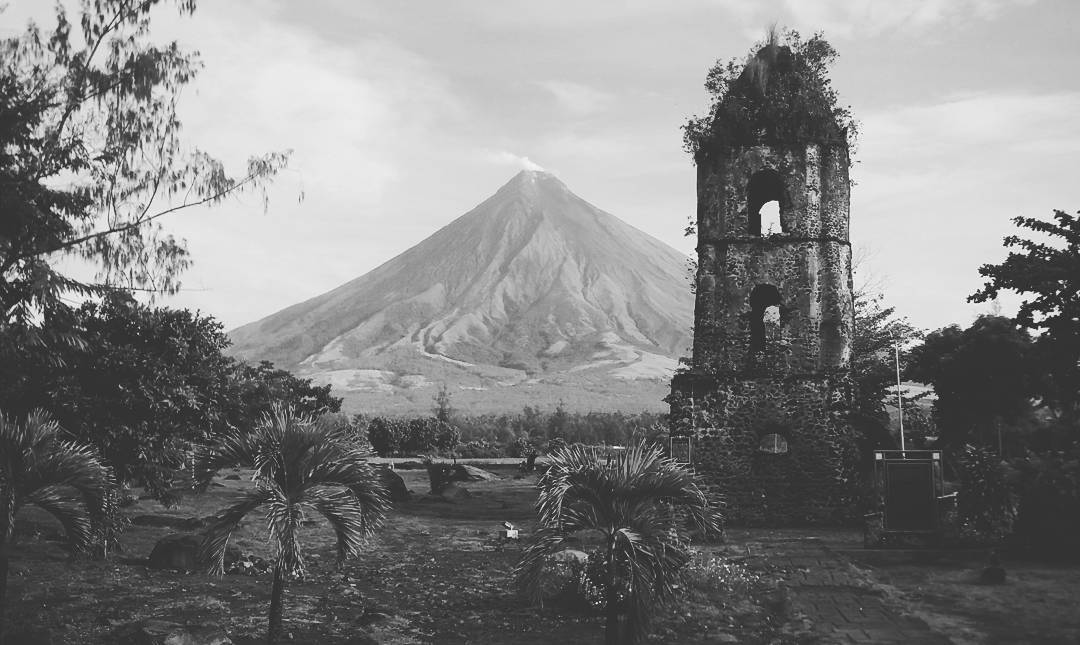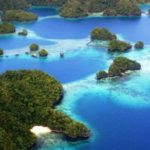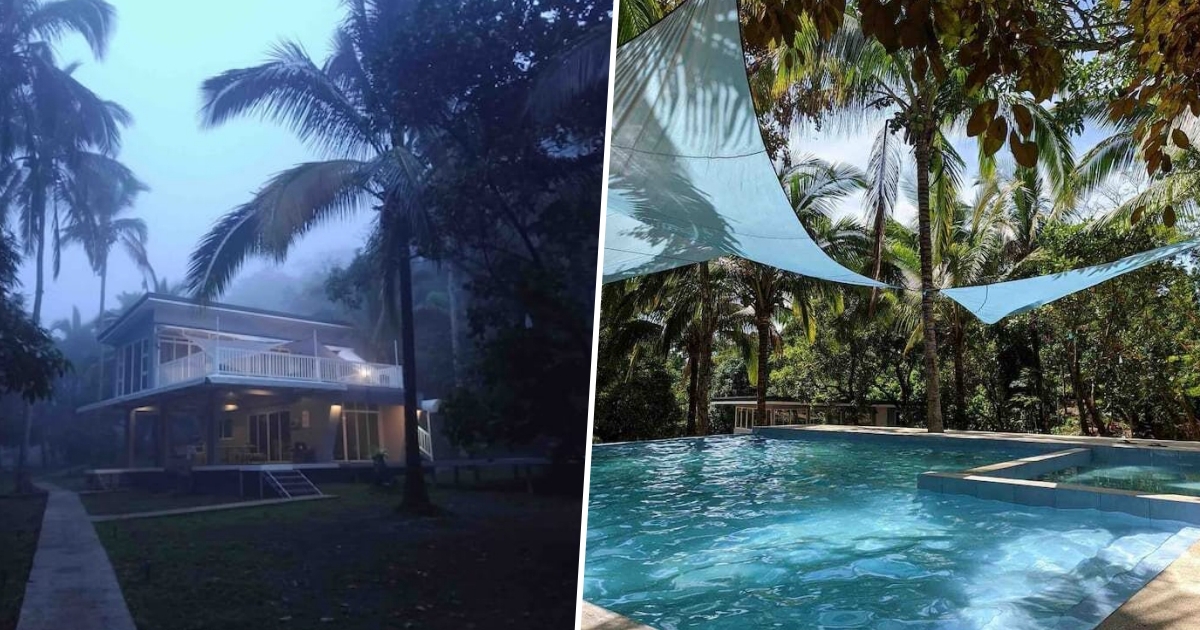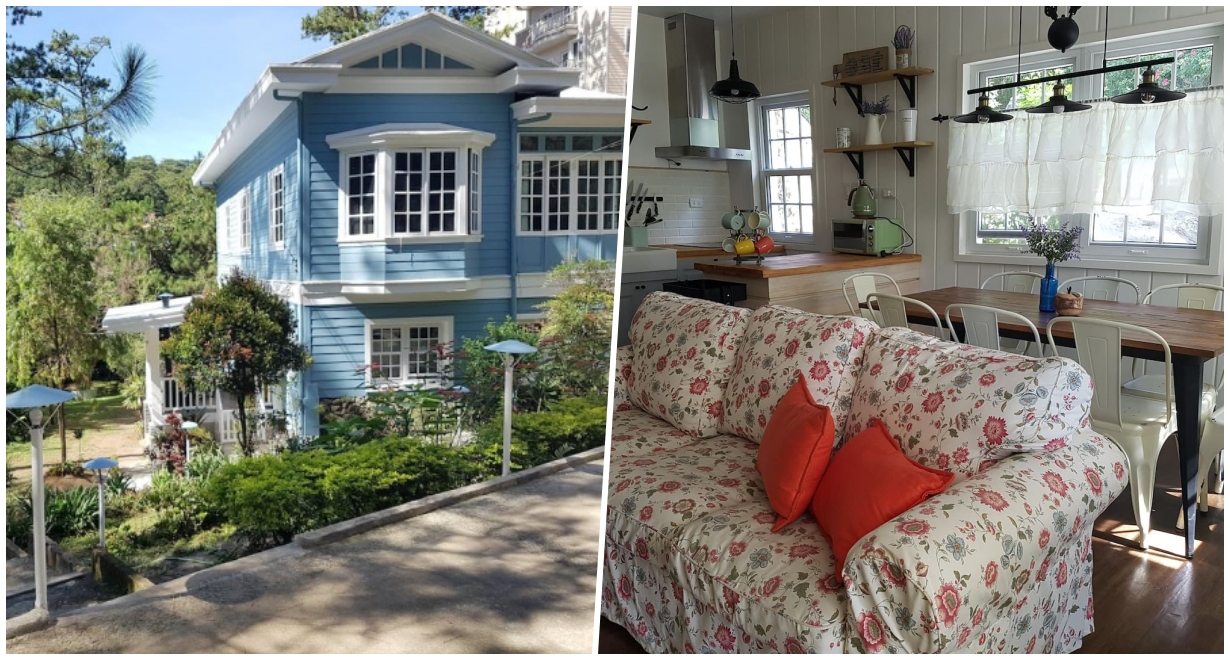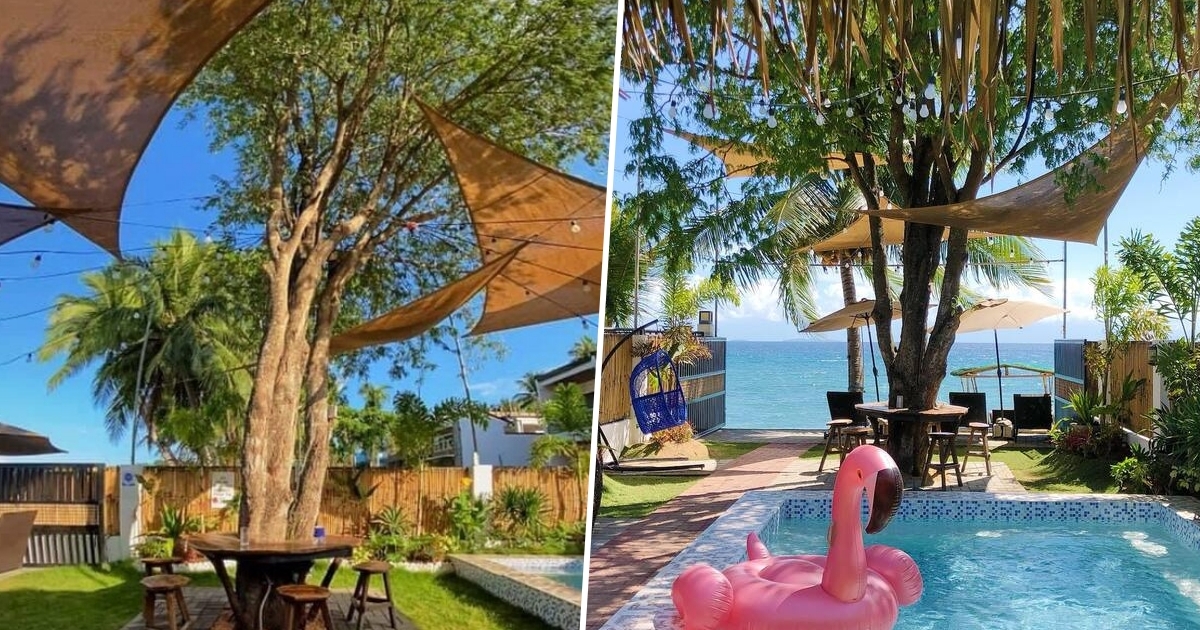On and Off the Road: Luzon
The third of three parts of a journalist's road trip around the Philippines
by Quintin V. Pastrana | January 03, 2017
Notes from an inter-island road trip:
3. In the end, it’s all about the personal: leave room for serendipity, find meaning in the sacred ordinary, and return anew.
Luzon
We reached the last limb of the journey as the ferry spooned the jetty in Matnog.
Weary from the heat and lethargy of our brush with Samar, the two hours of shut-eye and languor barely built any reserves for the stretch home. As soon as the iron planks clanged for the last time, we were welcomed by this sign that said we were almost home. Not quite: Waze dryly reminded us we had 602 kilometers to go.
And with the sign came mixed feelings. It didn’t help that an army truck was parked right in front of it. But it was more than that. We had come from the uncertain, the new; and the familiar just seemed like such a letdown. It felt like gravity was bringing us back to the same world when we ourselves had changed. And we had: imperceptibly at first, but implacably now as we raced through Luzon’s backside.
Differences aside, the threat of evening brought some urgency. Not knowing of any landmark on the roads, we decided to hightail it to Albay, where I had once worked. Between an argument with a pharmacist in a barely-lit town on remedies for a developing fever, and cellular coverage as reliable as the local train service, we barely made it in one piece to Legaspi. And from there, a reunion with the familiar was welcome.
It was already past 9 p.m. when we arrived in the city proper, its mélange of heritage structures, gaudy Chinese made street lamps, and the trappings of fast food joints and billboards that plagued Manila. We dispensed with the hotel and headed for an old stomping ground: Café Small Talk
The joint was a quaint example of cozy reinvention: standard Bicolano fare reimagined and repurposed for modern sensibilities: laing pasta, bicol express pizza, and other traditional fare fused with the familiar comfort food, in a setting you could really sink into. And we did, spacing out amid the vintage lithographs and memorabilia, and mood music.
After an uneventful, but restful evening, we set about to do the unspoken, to see what had been, until dawn, a dark monolith in moonlight.
Call it providence or timing, we just took it all in. There she was, drawing all attention, today she announced herself without a shroud as she most often has, even during my time.
Cagsawa Ruins, the post-card panorama with the belfry seemed the most trite and touristy place to stop, but in truth, we were just that, and spellbound at that timeless gaze at us as we gazed back at her and the remnants of her umbrage. Indeed, to quote from the Secret History, “beauty is terror: whatever we find beautiful, we quiver before it.”
We must have taken just under a hundred photos, bothered a few wayward travelers to compose a good one with us in it, to no avail, but after a while we just shelved the cameras, stayed in the moment, in her presence. And were rewarded with a brief, but conquering silence; before another throng of tourists sauntered in.
As this stage, one would think we’d already hit the peak of the journey, no pun intended. But a trip with such a broad sweep, with its occasional pause and depth, was bound to become subjective, personal, and then some. With a bit of serendipity the next stop would be a surreal brew of the spiritual, with a touch of the nostalgic, and the political. More than enough to surpass the power of Daraga’s savage beauty.
Paraphrasing John F. Kennedy, a nation — even its smallest component — is known for the people it chooses to honor. And, with time back on our side thanks to the open road, thus began an incidental pilgrimage to a mentor’s hometown.
For the uninitiated, Raul S. Roco, was a Senator, Education Secretary, best President we never had, and the first boss to a skinny, pimply kid who had the knack of going off the beaten path. And in my mind, to paraphrase Rushmore, has more excellence in one dead thumb than many current politicians combined. We were entering Naga, and it was time to pay a visit.
This was a city of unbridled devotion, and even my late hero bowed to this heritage. So before the secular pilgrimage, we paid homage to the spiritual. The trip was close to winding down; we braved the queues and the tchotchkes to reach the cathedral’s bosom to pray beneath the Lady of Peñafrancia. And after, we sat, basking in the afterglow of the stained glass kaleidoscope until we moved to another place of worship.
The library, renamed in his honor, contained a small room of memorabilia — his desk where he personally drafted all those reforms; the same signature red and white gumamela print he campaigned with; his favorite books; and portraits that all but captured that knowing, intense, but grace-filled look. Always alive, but never more in that room.
That quiet, abiding notion stayed with us as we took in our last. North of Camarines Sur, the food would be less fiery, the scenery less visceral, and the time left — before we had to snap back into our real lives, less forgiving. The clouds started to set in as we crossed into Quezon, and we took in what we could with the interminable coastline and its haunting hues as we approached dusk and Manila.
We had one last chip to cash in before the infamous Bitukang Manok, that tortuous slog of a road through the forest, that even in daylight made Lombard Street look like a wide cul de sac. And after that, a photo finish to catch the last serving of bulalo in Sto. Tomas, Batangas, before the doors closed on us and the dashboard watch heralded the day we’d have to clock in.
But after all the fits and starts, and false alarms along the way to find the perfect spot and take it all in, we got it right this time.
In Gumaca, past the slender lighthouse, and up until the breach in the wharf where the pick-up could go no further, we walked amidst the families — who, like those before in the towns we traversed — communed and drew life from the sea. We stayed longer than was prudent, but it was worth the ordeal ahead, and got to speak to, learn from, and embrace that sacred ordinary so bereft with those lives inhabiting the main.
We reached the edge, where weathered concrete gave way to the elements, now at rest with the remains of the day. And in that space and moment, we knew, even if had about a hundred miles to go and nowhere left to wander: that we had truly arrived.
This is the third of three parts from Quintin V. Pastrana’s inter-island road trips around the Philippines. You can read the first part here and the second part here.



